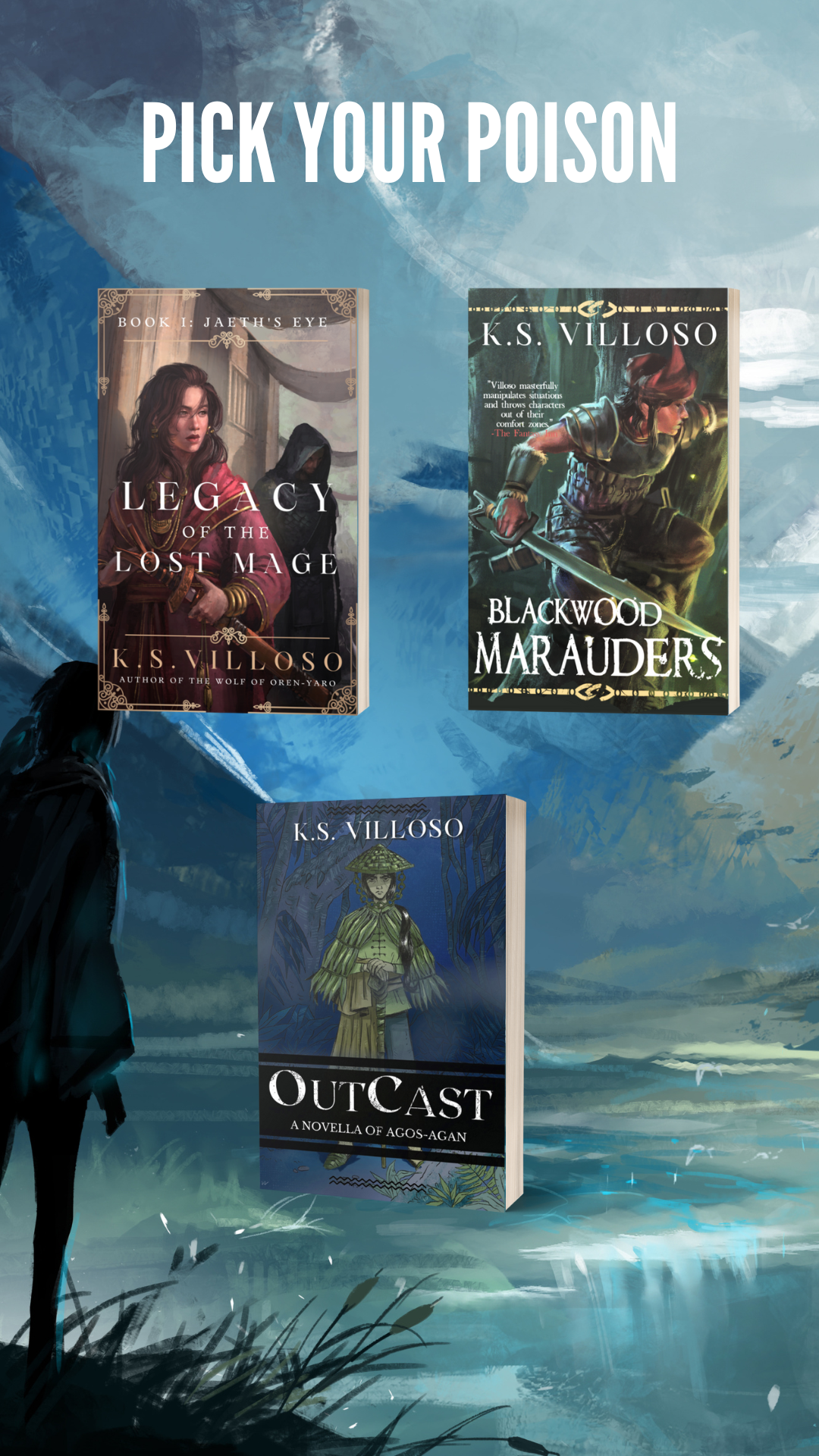One of the things I learned over the last couple of years is that editing, like writing, can be a mysterious process for some people. Lots talk about it, but plenty don’t seem to have any clue what it entails. I’ve gotten the sense from some that they think that editing is like a fresh coat of paint on your product before you send it off to the customer. In other words–belch a draft out, send it to an editor who makes the pretty words even prettier, done.
I thought I’d talk a bit about how the editing process over here at Liam’s Vigil.
For every single one of my books, I function as a, if not the primary, editor. I do developmental and line editing for all of my work, and when I do employ other eyes, I work closely with them. There’s a number of reasons I do this, but the main thing is that I think self-editing is a crucial skill in effective storytelling. (On that note, I rely on software for copyediting and catching typos at the end, a process I’ve been trying to refine over the last year).
I’ve talked a bit over the troublesome spot I found myself in a couple of months ago with my novel, The Ikessar Falcon. A beta-reader pointed a few issues out. As a writer, your first instinct is to think, “Oh no. Maybe you just read it wrong?” But as the editor, my first instinct was to try to figure out how to fix the issues. I went over the story several times, made a shit ton of notes, and created a plan, which I discussed with everyone else involved in the process until their eyes glazed over and I realized I may be a little more obsessed about writing than I thought.
And since I am both editor and writer, I can easily go in there now and tweak the plan as I go along. For The Ikessar Falcon, this editing process required a massive overhaul that involved deleting several plotlines, re-writing the framing narrative, easing out the character arcs and revelations, and improving the trajectory that will lead straight to the third book. I think this rewrite improves the story drastically. I also don’t think it would’ve been possible to make such changes, at least under that timeframe (everything was done in five weeks of me working around the clock), if I had put the responsibility of it on someone else’s shoulders. I’ve done editing for other people’s projects too, and there’s always this element of, “Well, maybe I’ll let that slide in case I hurt the author’s feelings, it’s not a big deal anyway.” Whereas with my work, I can be as brutal as I want. Another great example is Blackwood Marauders. A friend took a look at the original draft and made some comments that had me scrapping nearly 12k worth of words that I’d written, because I could see from what she said how this would result in bigger problems down the road. The rest of the story fell into place almost immediately–all because of a quick and dirty fix.
Years of doing this has helped me see a book in “blocks,” to be able to look at scenes at a glance and guess at their function in the overall story. What is the author trying to do here? Does the scene serve a purpose at all? How does it bring the story forward? Do these words mean anything, and if they don’t, is there a better way? This is why I can easily scrap tens of thousands of words in the blink of an eye. Too many writers are in love with their words, which can become detrimental in the actual storytelling. A story is not contained within pretty words–it is behind all of that. The purpose of editing is to make the writer’s intent more effective.
As an aside, I self-edit, but I generally don’t edit as I write unless I have to (i.e. in the case of glaring errors, or I decide I want to take a different direction with the story). I encounter way too many people who say they “edit as they write,” which I take to mean that they line-edit as they write. I line-edit near the end, right before I begin polishing and after all the developmental editing is done and the story is in final draft form. People, of course, have different ways of doing things, and I suppose this can work–just like putting up drywall and painting a wall that’s not yet completely framed in will work in that you’ll have a wall at the end of it. But think about how much less efficient this would be in the long run.

